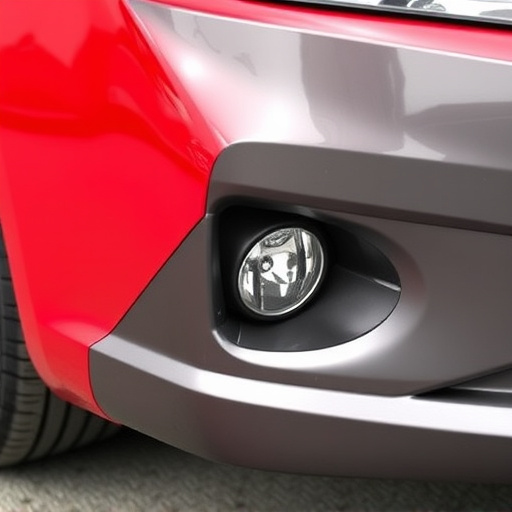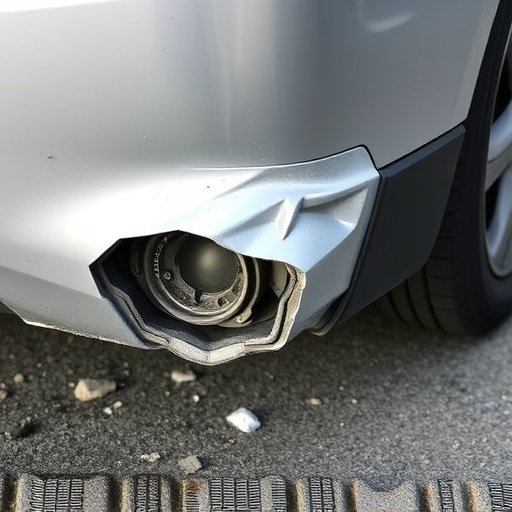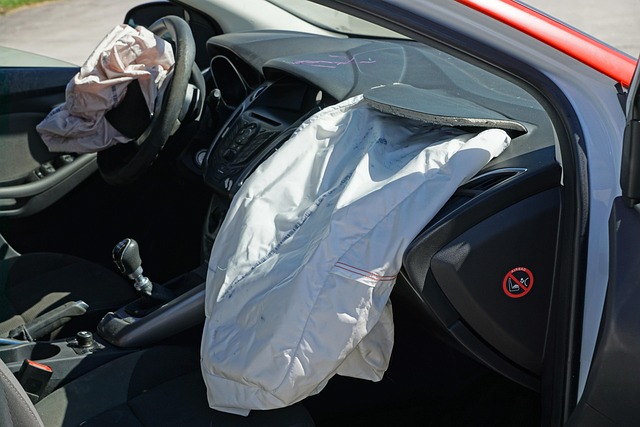The Mercedes PRE-SAFE system check ensures optimal vehicle safety by verifying communication between the PRE-SAFE unit and critical systems like ESP. This process validates the integration of airbags and ESP, enhancing protection during potential collisions and ensuring maximum performance to restore vehicle condition after repairs.
Mercedes’ innovative PRE-SAFE system is a game-changer in vehicle safety. This advanced technology aims to protect occupants by taking proactive measures during accidents. In this article, we’ll delve into the intricacies of the PRE-SAFE system and its communication with the Electronic Stability Program (ESP). By understanding these interconnected safety features, we can assess their effectiveness through rigorous checks, ensuring optimal performance when it matters most. Explore the significance of regular Mercedes PRE-SAFE system checks for enhanced driver confidence.
- Understanding Mercedes PRE-SAFE System
- Communication With ESP: The Foundation
- Validating Safety Features Effectiveness
Understanding Mercedes PRE-SAFE System
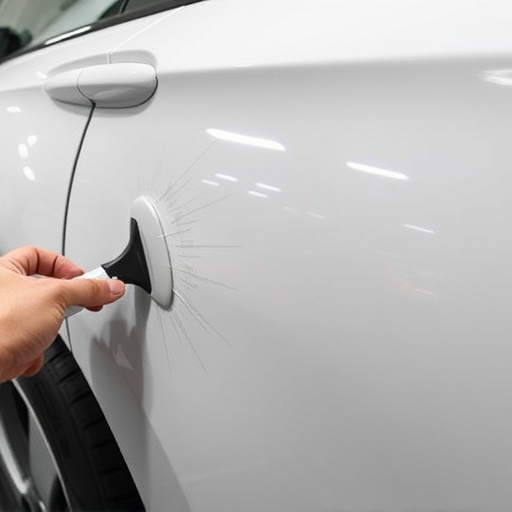
The Mercedes PRE-SAFE system is a groundbreaking technology designed to enhance passenger safety in the event of an accident. This innovative system acts as a proactive measure, aiming to minimize the risk and impact of potential collisions. When triggered, it initiates a series of advanced processes to protect occupants, often referred to as “pre-collision safety.” The system continuously monitors road conditions and detects imminent dangers, such as obstacles or sudden swerves. Upon sensing an emergency, PRE-SAFE prepares the vehicle for a collision by tightening seatbelts, adjusting headrests, and even closing windows and sunroofs to provide the best possible defense against impact.
A crucial aspect of maintaining this safety system is the regular Mercedes PRE-SAFE system check. This routine inspection ensures optimal performance when it matters most. During the check, technicians verify proper communication between the PRE-SAFE unit and other essential systems like the Electronic Stability Program (ESP). A functional ESP is vital for stabilizing the vehicle during critical maneuvers, further enhancing the overall safety of the system. Keeping these components in sync guarantees that should an accident occur, the vehicle’s safety features will operate seamlessly, providing passengers with the best chance at avoiding or mitigating severe injuries.
Communication With ESP: The Foundation
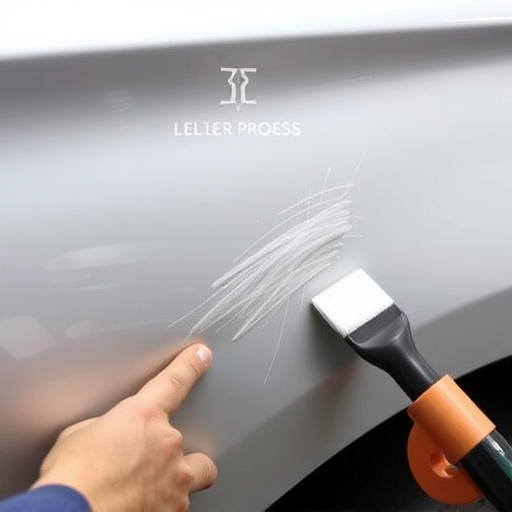
The Mercedes PRE-SAFE system relies heavily on seamless communication with its Electronic Stability Program (ESP) counterpart. ESP acts as the foundation, constantly monitoring and controlling the vehicle’s dynamics during critical maneuvers or in case of a collision. It uses sensors to detect skid or slide conditions, then applies individual wheel brakes and engine torque control to stabilize the vehicle. This real-time intervention prevents or minimizes skidding, enhancing driver control.
When conducting a Mercedes PRE-SAFE system check, verifying this communication link is paramount. Ensuring that the ESP system is functioning optimally guarantees that the PRE-SAFE can accurately assess crash scenarios and deploy safety measures effectively. Proper integration between these systems ensures that in the event of a mercedes benz collision repair, the vehicle’s bodywork is protected, and collision repair services are optimized to restore it to its pre-incident condition.
Validating Safety Features Effectiveness
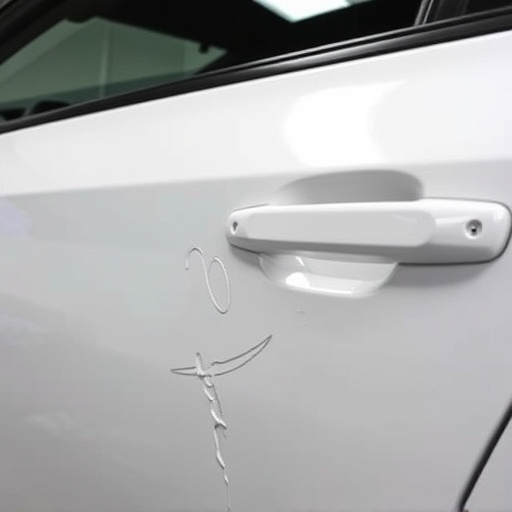
The Mercedes PRE-SAFE system check is a critical process that ensures the effectiveness and seamless communication between various safety features within a vehicle. This advanced system, designed to protect occupants in the event of a collision, goes beyond basic airbag deployment. By validating its communication with the Electronic Stability Program (ESP) system, Mercedes offers an additional layer of security.
During a routine check, the PRE-SAFE system evaluates the integrity and functionality of ESP, which is responsible for maintaining vehicle control during a turn or sudden maneuver. This validation process simulates scenarios akin to a fender bender, testing how well the systems coordinate to minimize damage and protect the vehicle’s bodywork. It’s a testament to Mercedes’ commitment to not just meet but exceed industry safety standards, ensuring that every aspect of their vehicles, from airbags to ESP, is in optimal working condition for the ultimate peace of mind on the road.
The Mercedes PRE-SAFE system, with its rigorous communication checks, ensures that critical safety features like the Electronic Stability Program (ESP) are functioning optimally. Regularly performing a PRE-SAFE system check is vital to maintaining peak vehicle performance and enhancing driver confidence on the road. By validating these systems, owners can rest assured their vehicles are ready to respond swiftly in various driving conditions, making every journey safer.



